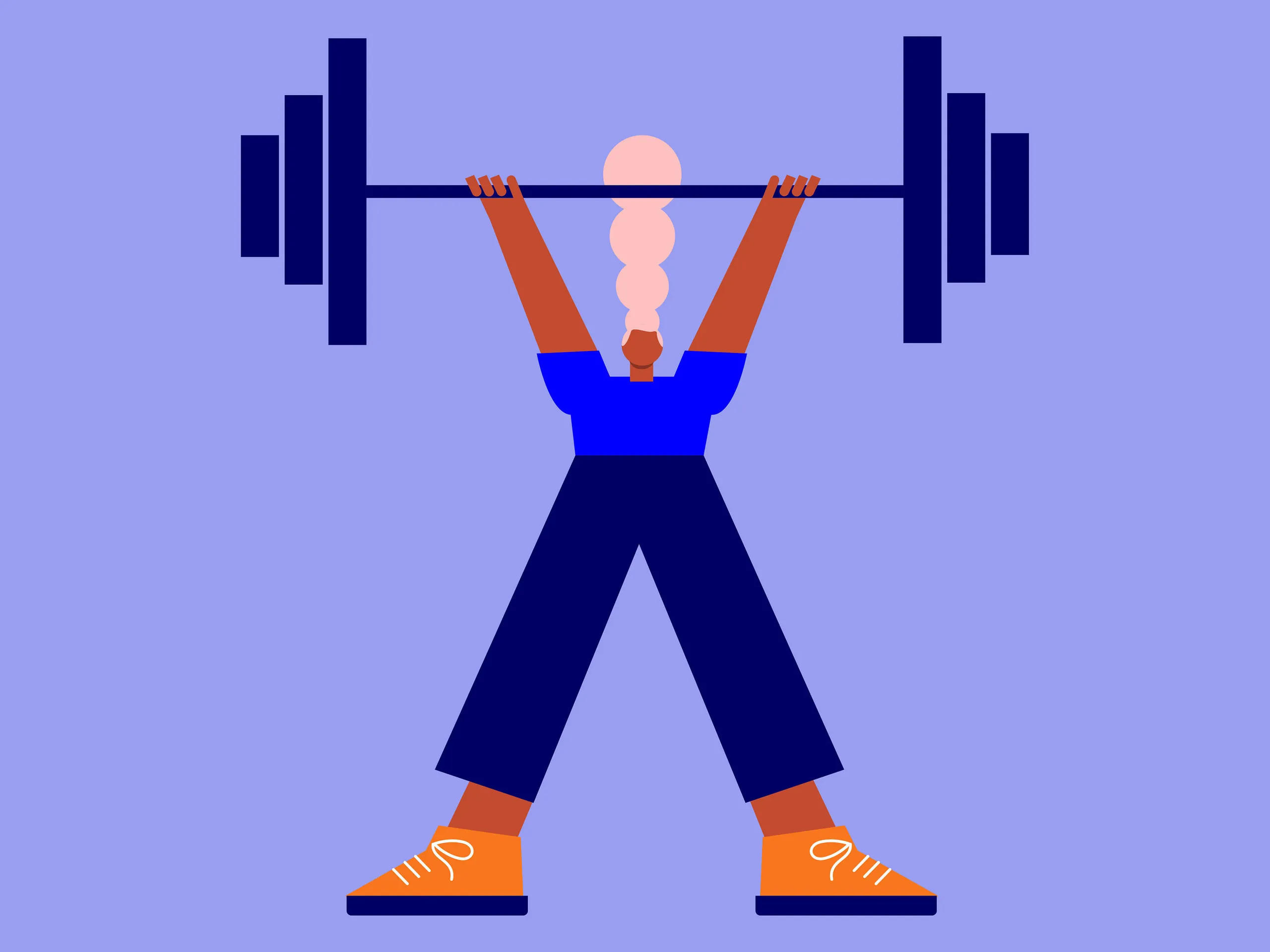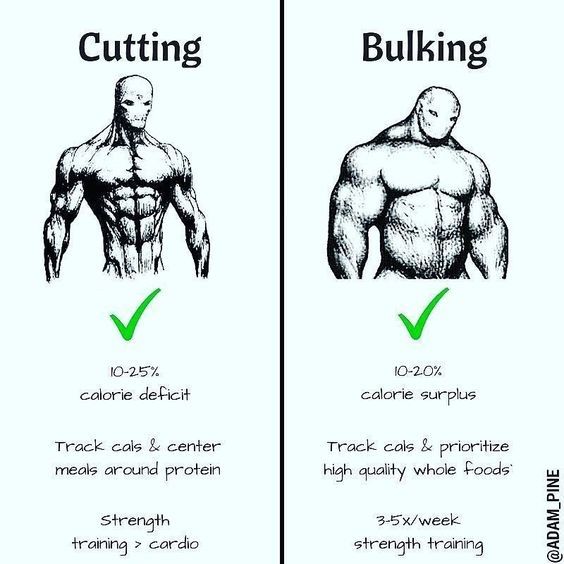Workout
A workout is any physical activity that you perform to improve your fitness level. There are many different types of workouts, each with its own benefits. Here are some of the most common types of workouts:

Cardio:
Cardio, or cardiovascular exercise, is any activity that gets your heart rate up and your blood pumping. Cardio is important for improving your heart health, lung health, and overall fitness level. Examples of cardio exercises include running, swimming, biking, dancing, and jumping rope.
Strength training:
Strength training is any activity that helps you build muscle strength and endurance. Strength training is important for improving your metabolism, bone density, and overall fitness level. Examples of strength training exercises include lifting weights, using resistance bands, and bodyweight exercises such as push-ups, squats, and lunges.
Flexibility training:
Flexibility training is any activity that helps you improve your range of motion in your joints. Flexibility training is important for helping to prevent injuries and improve your overall fitness level. Examples of flexibility training exercises include stretching, yoga, and Pilates.
Bulking VS Cutting

Bulking:
Bulking is all about gaining weight to increase muscle and typically involves:
- Eating a strategic calorie surplus. When you’re bulking, you eat more cals than you burn. The idea is to gain more weight to help you boost muscle mass.
- Doing high intensity resistance training to build muscle. Most people combine bulking with high intensity resistance training, which ups their muscle and strength gains.
You may have heard terms like “clean bulk” and “dirty bulk” too. A clean bulk means a regimented approach full of nutrient-dense foods, while a dirty bulk allows for plenty of junk food for a quick hit of cals. Either way, the goal is to up calories and boost muscle gains.
Cutting:
Cutting is all about losing fat without sacrificing muscle mass. This typically involves:
- Eating a calorie deficit. When you’re cutting, you eat fewer cals as a way to lose body fat — while ideally keeping as much muscle mass as possible.
- Doing resistance training to maintain muscle mass. Even though resistance training usually still has a role in a cutting phase, you might not have the energy to lift weights with the same gusto as you would usually, or during a bulk.
| Schedule | |
| Monday | Chest |
| Tuesday | Back |
| Wednesday | Bicep |
| Thursday | Tricep & Abs |
| Friday | Shoulder |
| Saturday | Legs |
| Sunday | Rest |